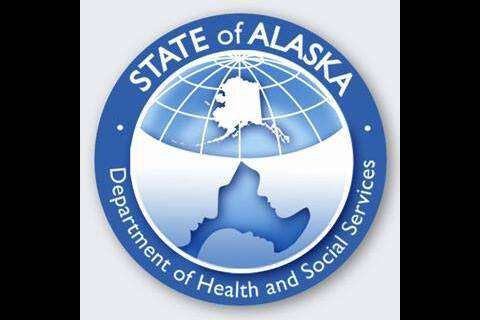State health officials during a public science meeting Wednesday emphasized an “urgent need” to address youth mental health in Alaska, citing the demographic’s vulnerability to suicide.
Leah Van Kirk, the program coordinator of the Prevention and Early Intervention section of the state Division of Behavioral Health, said Alaska has some of the highest rates of death by suicide in the nation.
In 2019, Van Kirk said suicide was the leading cause of death for young adults ages 15 to 24 in Alaska.
“As I start talking about data, and especially suicide data, I’d like to take a moment to just realize that every one person that’s a part of this data is someone that has taken their lives,” she said Wednesday. “And that can touch us all individually in a different way.”
What data show, Van Kirk said, is that higher rates of suicide are found in western Alaska, in rural communities, among men, and among the Alaska Native population.
“I think one important thing is that we knew that we had a particularly vulnerable youth and young adult population as we entered the pandemic,” Van Kirk said, “and so that was really important — that as we started putting prevention measures in place, that we really targeted our youth.”
The number of Alaskans to die by suicide did not increase in 2020, Van Kirk said. She said there was almost a 50% decrease in the number of youth ages 10 to 19 to die by suicide in 2020.
Robyn Husa, a research analyst with the state Department of Health and Social Services, said adverse childhood experiences seem to correlate to mental health — even events that happen before a baby is born.
The pre-birth period, Husa said, has been studied and found to be crucial in assessing a child’s mental health as they age. Studies show that if parents endure fewer household challenges during the pre-birth and early childhood periods, the kid’s risk of being reported to the state Office of Children’s Services decreases by 43%.
“This risk decrease is a good sign that programs aimed at addressing these household challenges could have a positive impact on a child’s risk of adverse experiences — in this case maltreatment — potentially impacting … mental health later on,” Husa said.
She emphasized the need for health programming to both recognize family risk factors and also institute prevention measures. Offering support early, even prenatally, Husa said is important.
Jenny Baker, the adolescent health project coordinator with the Alaska Division of Public Health, outlined some specific interventions. They include ensuring a child has multiple supportive adults in their lives, supporting a child’s sense of sociocultural identity, and making sure children know they matter.
“We should really be focusing on targeting proactive factors across the spectrum — with individuals, families and schools,” Baker said, emphasizing that each case should be looked at from multiple angles.
“People don’t live in vacuums; (they) live in families and culture groups and schools and neighborhoods and broader communities, where they could be experiencing multiple forms of violence,” Baker said.
Patrick Sidmore, a healthy schools specialist with the DHSS, spoke about the importance of trauma-informed educational institutions in the state.
“Part of academics, of course, and success in life, is sometimes what we call soft skills — which are being able to persevere, being engaged with the world, being curious, and being able to manage strong emotions,” Sidmore said. “And schools, of course, are engaged with that every day.”
The state is investing in providing kids with safer spaces at school, he said.
The Department of Education has partnered with the Alaska Mental Health Trust — an organization that funds programs that promote long-term, positive systemic changes to Alaskans — to send more school counselors to different parts of the state.
Sidmore said part of the need for more programming in schools is also likely due to complications caused by the COVID-19 pandemic.
Van Kirk said she wants Alaskans to know more about the work being done to prevent suicide statewide.
“What we want to communicate is that with help comes hope, and that there’s an incredible amount of work being done in Alaska to support youth mental health,” she said.
For more information, visit the Statewide Suicide Prevention Council page on the DHSS website.
The Alaska Careline can be called anytime at 1-877-266-4357. Folks can also text “4help” to 839863 from 3 p.m. to 11 p.m. Tuesday through Saturday.
The National Suicide Prevention Line is 1-800-273-8255.
Reach reporter Camille Botello at camille.botello@peninsulaclarion.com.

